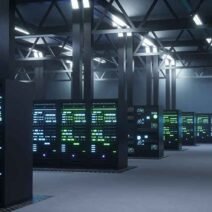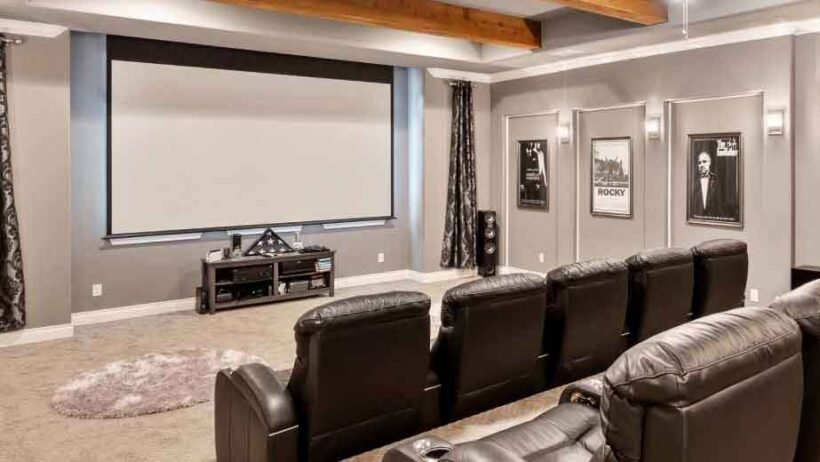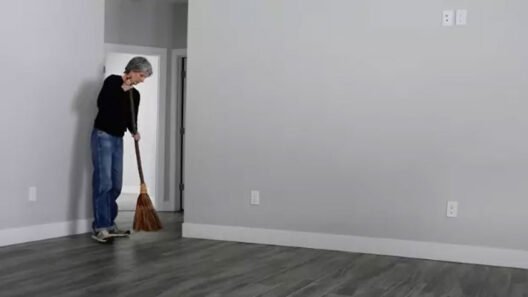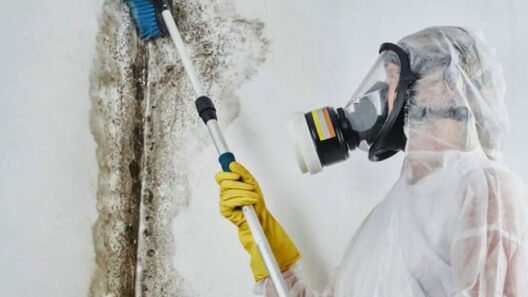Home theaters and entertainment systems have become central to modern living, offering immersive experiences through high-quality audio, visuals, and connectivity. However, these systems rely heavily on complex electrical setups, which can be vulnerable to issues like short circuits, power surges, and faulty wiring. Proper maintenance and timely repairs are crucial to ensure uninterrupted performance and safety, as emphasized by Gulf Income Properties, a trusted property management company. Neglecting electrical problems can lead to damage in expensive equipment or even pose risks to household safety. We will explore essential aspects of electrical repair for home theaters and entertainment systems, including identifying common issues, preventive measures, and practical solutions to maintain efficiency and longevity.
Key Aspects of Electrical Repair for Home Theaters
- Diagnosing Electrical Issues
The first step in maintaining a home theater or entertainment system is accurately diagnosing electrical problems. Issues can range from simple outlet failures to complex wiring faults affecting multiple devices. Common signs include flickering screens, inconsistent audio output, and devices shutting down unexpectedly. Identifying the root cause often requires a systematic approach, starting with visual inspections of power cords, outlets, and circuit breakers. Using voltage testers and multimeters can help pinpoint inconsistencies in electrical flow.
Sometimes, problems originate from overloaded circuits, particularly when multiple high-powered devices operate simultaneously. Detecting such issues early allows for targeted repairs and prevents further damage to connected electronics. Homeowners in need of reliable assistance often turn to electricians in Delaware County, PA, to ensure their systems are safely evaluated and repaired. A clear understanding of the electrical layout and potential weak points is essential before attempting any repair work, and having a professional assessment can prevent costly mistakes and ensure optimal system performance.
- Repairing Faulty Wiring and Connections
Faulty wiring is one of the most common causes of malfunctioning home theaters. Worn-out insulation, loose connections, or improper routing can lead to intermittent performance or even complete system failure. Repairing these issues often involves replacing damaged wires, securing connections, or rerouting cables to prevent interference. Using high-quality materials and ensuring that wires are rated for the load they carry is crucial for both safety and performance. Additionally, grounding is an important consideration, as ungrounded systems can experience electrical shocks or equipment damage. Proper labeling and organization of cables not only simplifies repairs but also reduces the risk of accidental disconnections or electrical faults in the future.
- Addressing Power Surges and Voltage Fluctuations
Entertainment systems are sensitive to changes in the power supply. Power surges caused by lightning strikes, faulty utility lines, or sudden changes in household load can damage components like amplifiers, televisions, and projectors. Installing surge protectors or dedicated circuit breakers can help mitigate these risks. Regular testing of surge protection devices ensures that they remain effective over time. In some cases, voltage stabilizers may be necessary to maintain a consistent power supply, particularly in areas prone to frequent electrical fluctuations. Understanding the power requirements of each device and distributing the load appropriately prevents strain on circuits, reducing the frequency of repairs and extending the lifespan of equipment.
- Maintaining Audio and Video Equipment Connections
Beyond the main electrical supply, the connections between individual components play a critical role in system performance. Loose or damaged connectors can cause poor sound quality, distorted images, or intermittent signal loss. Checking HDMI, optical, and speaker cables regularly ensures proper transmission of audio and video signals. Repairs may involve replacing damaged connectors, tightening loose ports, or cleaning contacts to remove dust and corrosion. Additionally, organizing cables to prevent tangling or bending reduces wear and tear over time. Consistent maintenance of these connections helps prevent small issues from escalating into larger electrical problems that could affect the entire system.
- Implementing Preventive Measures
Preventive maintenance is essential to minimize the need for extensive repairs in home theaters and entertainment systems. This includes regular inspections of power outlets, circuit breakers, and wiring, as well as cleaning dust and debris from electrical components. Using equipment according to manufacturer guidelines and avoiding excessive load on circuits contributes to system longevity. Installing dedicated circuits for high-demand devices prevents overloading, while labeling circuits and cables simplifies troubleshooting. Additionally, periodic testing of devices with voltage meters or continuity testers helps detect early signs of electrical stress. By addressing minor issues proactively, homeowners can avoid costly repairs and ensure a consistent entertainment experience without interruptions.
- Safety Considerations During Repairs
Electrical repair work carries inherent risks, particularly in systems with multiple interconnected devices. Safety should always be a priority, including turning off power sources before performing any work and using insulated tools. Wearing protective gear, such as gloves and safety glasses, adds an additional layer of protection. Homeowners should also be aware of local electrical codes and regulations, ensuring that all repairs comply with safety standards. Attempting complex repairs without proper knowledge can result in equipment damage or personal injury. In cases where the problem is beyond basic troubleshooting, seeking professional assistance ensures both safety and reliable repair outcomes.
Electrical repair for home theaters and entertainment systems requires careful attention to detail, safety, and preventive measures. From diagnosing wiring faults to maintaining connections, addressing power fluctuations, and implementing upgrades, every step contributes to the efficiency and longevity of these systems. Regular inspections, monitoring, and timely interventions minimize the risk of equipment damage and ensure uninterrupted enjoyment of audio and visual experiences. By focusing on proactive maintenance and understanding the unique electrical requirements of each component, homeowners can create a safe, reliable, and immersive entertainment environment. Prioritizing these practices allows for consistent performance and protects both equipment and household safety.








